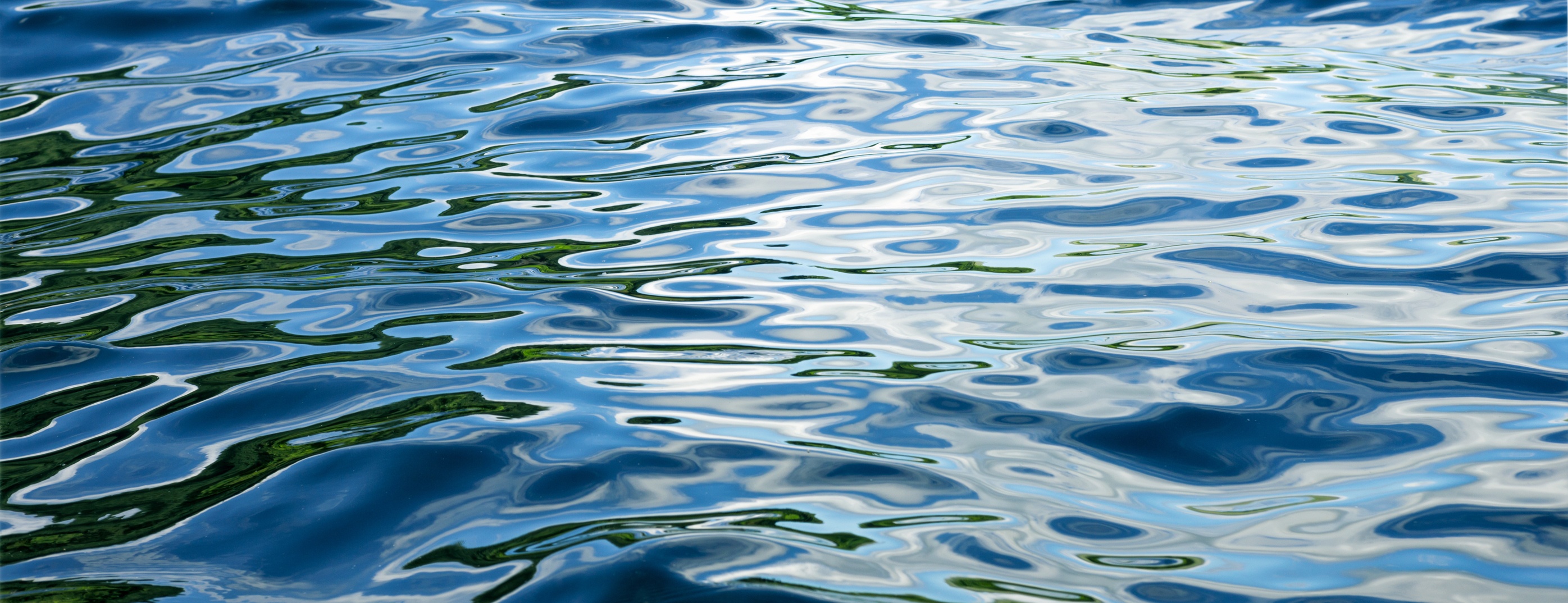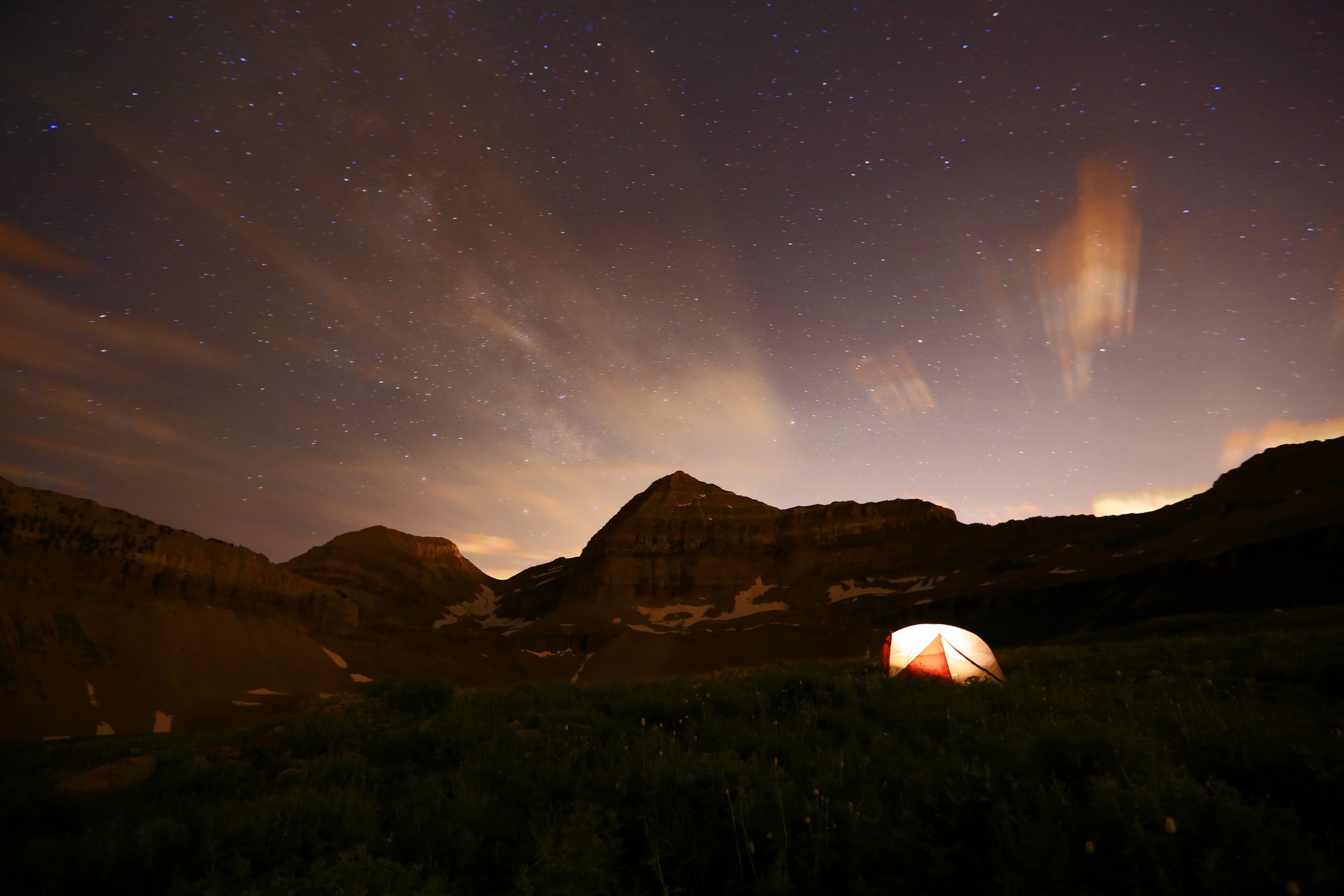
Backcountry Camping
leave your footprints!
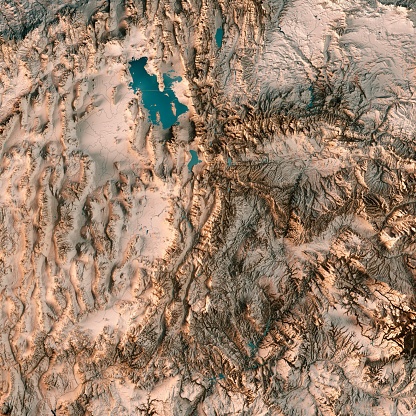
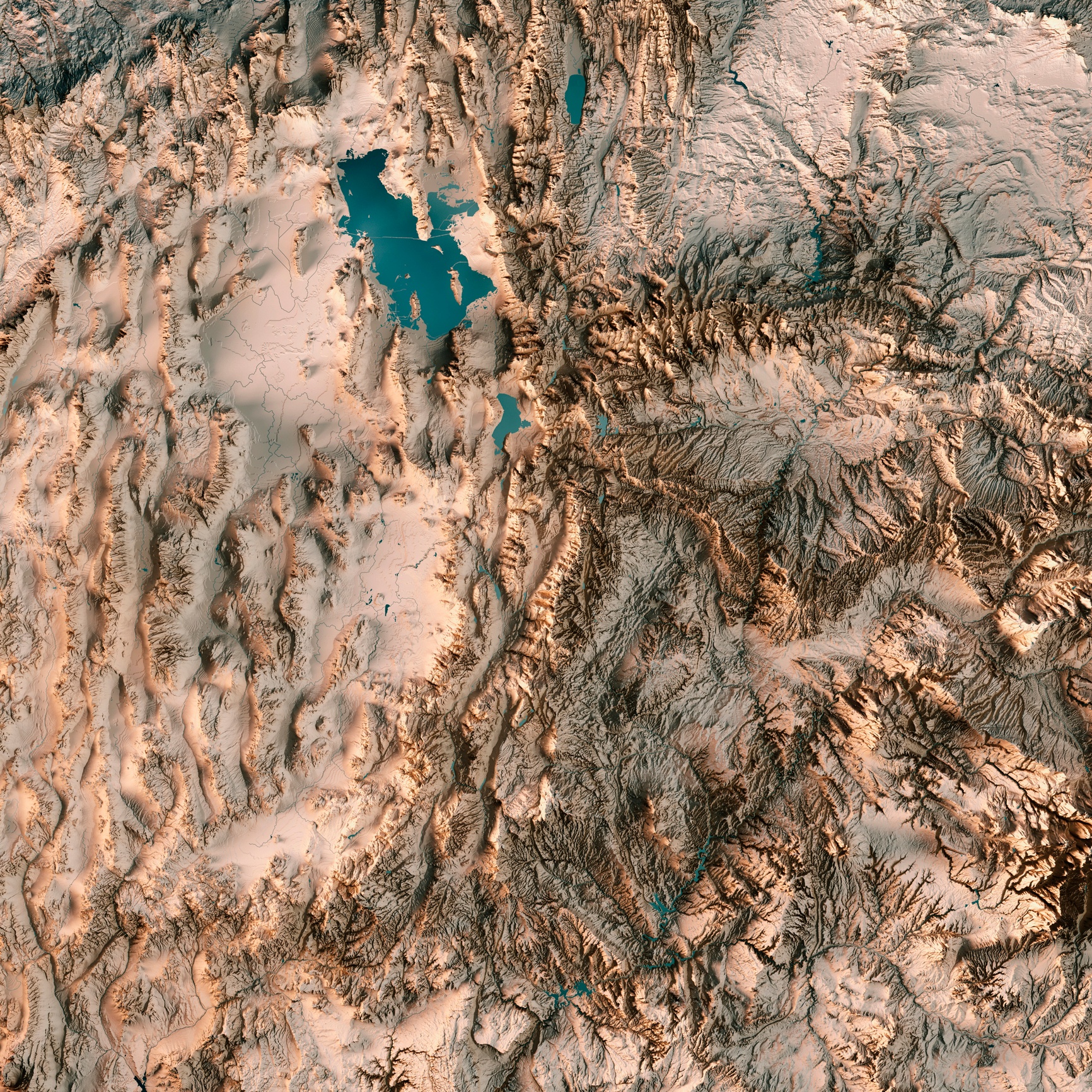
Uinta-Wasatch-Cache National Forest
While Utah's Uinta-Wasatch-Cache National Forest may be best known for its wintertime sports, this outdoor paradise has far more to it than just that. In fact, with year-round activities which include mountain biking, trail running, alpine fishing, backcountry camping and much more, Utah's most popular wilderness is where your next camping adventure awaits!
Conveniently located less than 2 hours east of Salt Lake City, this pristine forest extends from north-central Utah to southwestern Wyoming, and has a net acreage of 2,169,596 acres through 7 ranger districts. Since it is in close proximity to Utah's largest urban area, it is known as the "Wasatch Front," and is one of the most heavily visited of all 154 of the forests managed by the US Forest Service.
The land is managed not only for recreation, wildlife, cattle and sheep ranching, but also as critical watershed protection, and the health of the region's diversity and productivity is maintained to meet the demands of both current and future generations. The US Forest Service does this by providing technical and financial help to state and federal agencies, private landowners, and Native American tribes, and helps to ensure the careful management of non-federal forests and watershed lands.
About The Name
While the region is most often referred to as simply "Wasatch National Forest," the full name is Uinta-Wasatch-Cache National Forest," which comes from Ute and French origins:
Uinta
for "Big Tree" or "Pine Forest."
Wasatch
"Low place in high mountains."
Cache
trapper's habit of using the
region's caves to hide their furs.
One thing is certain: no matter what you choose to call it, this place is hard to beat when it comes to backcountry camping!
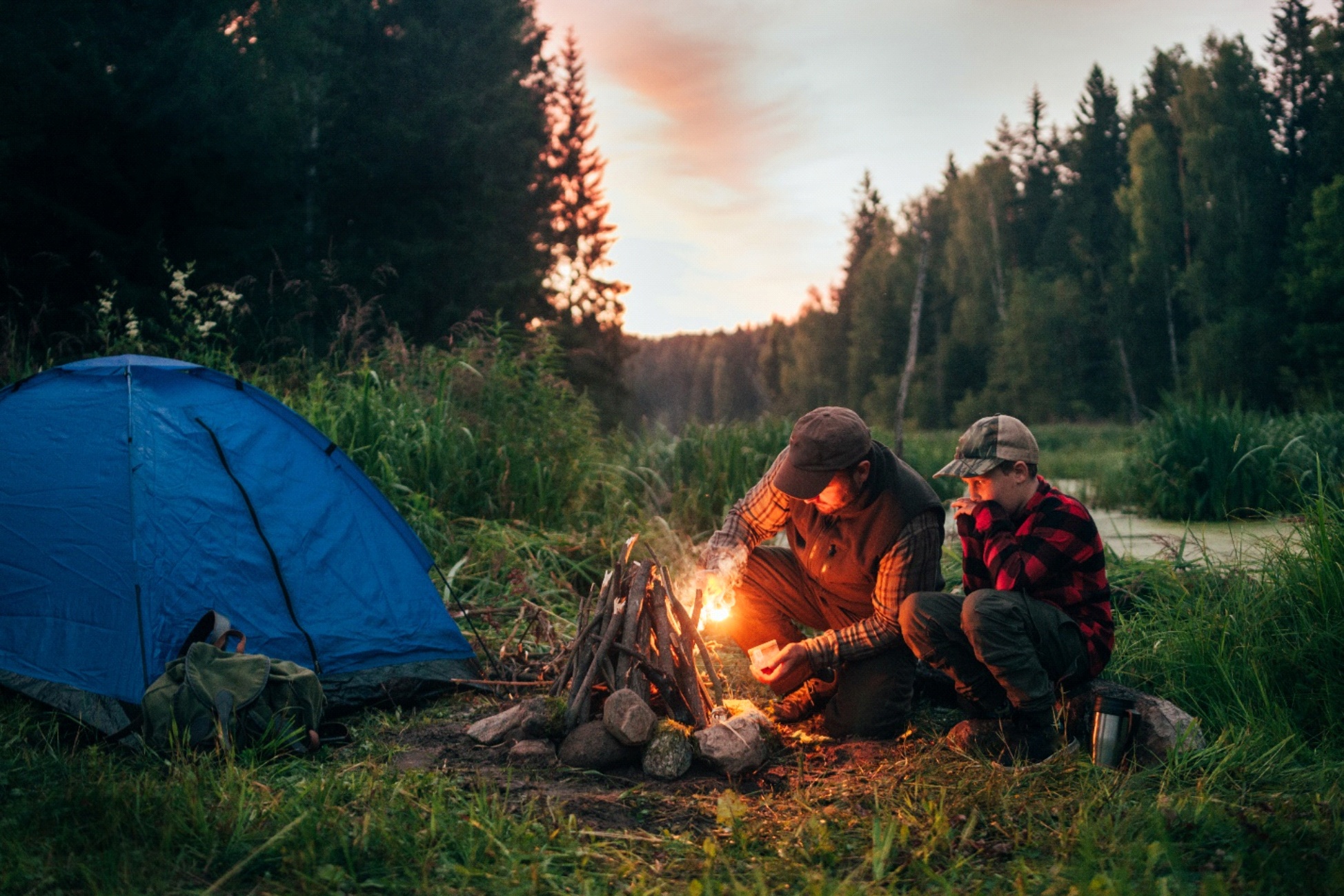
What is Backcountry Camping?
Backcountry camping (AKA backpacking) can be summed up as wilderness camping with everything you need for at least one night's stay strapped to your back. This usually entails hiking singletrack trails over high mountains, past beautiful alpine lakes, and through forests so green, dense and fulfilling that you may forget all about anything urban, concrete or "civilized."
However, remember that you DO have to go back eventually!
Download the PDF of this guide
Take our guide with you on your backcountry adventures. Download the free pdf below.
Since you will be hiking whichever distance and terrain you choose to tackle, you will need to be in good physical condition, although this doesn't mean the whole endeavor isn't without its relaxing sessions of star-gazing around the campfire. It is, after all, the wonderful away-from-it-all sense of peace and serenity which makes backcountry camping so addictive.
Keep in mind, there is some gear you will need - like some high-performance, affordable sunglasses for those exposed high-mountain regions you will be enjoying. Remember too that you will need a good backpack, proper boots, clothing for all weather conditions, a camp stove and a few other items to have a safe, comfortable and enjoyable time in the woods.
While summer is typically most popular for backcountry camping, fall can also be a time of spectacular scenery, warm days, and frosty nights for those willing to take the chill. Plus, there are fewer campers out in the autumn, which can make it seem like you have the woods all to yourself - not to mention more wildlife to observe.
So far as spring and winter camping, these seasons are best left to the most hearty of souls. Not only can winter camping involve freezing and subzero temperatures, hiking on snowy trails is WORK, and snow-covered trails can make getting lost easy.
And, while spring may be a time of re-emerging life and beauty all around, it is also a time of late-season storms, swollen rivers, and rapidly changing weather. It's best to be safe and stick with summer and fall camping.

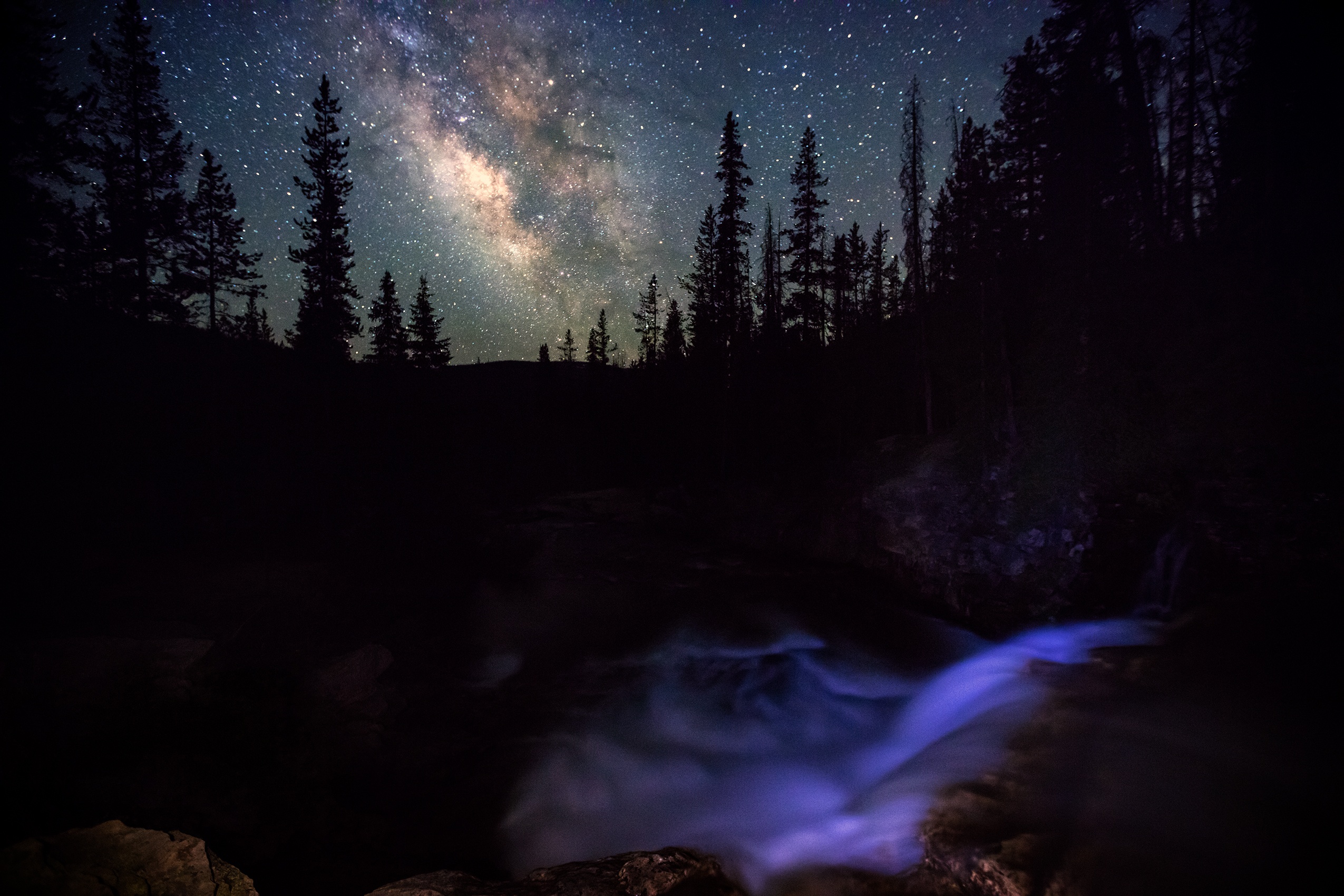
Take Only Pictures, Leave Only Footprints
One of the most important things to remember while wilderness camping - or while on any adventure, for that matter - is to leave no trace, and to respect the wilderness.
By this, we mean whatever you pack in, you pack out--no exceptions. All trash, biodegradable or not, is to be removed from the wilderness, and all human and pet waste is to be buried in cat holes which are at least 6" deep and no closer than 200' from lakes, rivers, streams or any other water source.
In fact, if you must leave something, make it your footprints!
The same goes with removing any natural items from the wilderness, which is also a big no-no. Take only photographs, since that is the one thing you can take which has no environmental impact.
Follow these seven Leave No Trace principles to ensure that you respect the wilderness while having a safe and enjoyable adventure:
- Be prepared and plan ahead: There are no convenience stores, services, or emergency rooms handy in the wilderness, and help can sometimes be days away. This means leaving NOTHING to chance, including knowing the weather conditions, carrying adequate water, food, maps and compass, and knowing all trail and area rules, regulations and etiquette.
- Travel and camp on durable surfaces: Hike single file in the middle of the trail, and NEVER cut switchbacks or cause loose hillsides to give way. Respecting nature also means choosing your campsite carefully or using established campsites so as not to destroy plant life or damage loose surfaces.
- Keep your campfire impact low: Use a camp stove whenever possible, and when you do build a fire, make sure it is legal in the area, uses a fire ring, and is away from all brush or other fire hazards. Be sure that it is small enough to be easily put out, and NEVER leave a fire unattended, or leave a fire or coals behind which have not been completely doused and are cool to the touch.
- Leave it! The wilderness is not a curio shop, which means leaving whatever you find where it is. No matter how nice that stone, artifact or flower would look in your home, it belongs in the woods.
- Respect wildlife: Enjoy all animal sightings from a distance, and never approach any wildlife, no matter how cute and cuddly they may seem. Remember, you are a visitor to their home, and not the other way around, and you should never feed wildlife or have any food out in your camp which can attract them. Carry bear spray at all times in bear country, and if you see a cub, keep as great a distance as possible, since mama bears are as protective as they get.
- Dispose of waste properly: If you pack it in, pack it out!
- Respect other visitors: Don't be "that guy." Always keep the noise down, and know all trail rules and etiquette.
The Best Destinations
in the Wasatch National Forest
 North Erickson Lake. Photo courtesy Brandon Cowdell via AllTrails.com
North Erickson Lake. Photo courtesy Brandon Cowdell via AllTrails.comNorth Erickson Lake Trail
From trail user Utsbeme on Backcountrypost.com on 8/10/2014: "North Erickson Lake is quickly becoming one of my favorite Uinta Mountain destinations. This was my second trip there in two years and I’m already wanting to get the next trip planned."
You too will love this easy yet beautiful hike, which is only about 90-minutes from SLC (although you'll swear it's as far from civilization as can be).
To get there from SLC, take I-80 E to Exit-4 in Summit County (about 30-minutes), which will put you on US 189/US 40 E. From there take Brown's Canyon Rd to UT-32 S/W State Rd 32 (Rt. turn), veer left on WN Bench Rd., right and continue on Forest 033, and then a slight left onto FRO51, which will take you to your destination - about 1.5 hours total.
This 9.8-mile hike is great for all skill levels and, despite being close to SLC, is lightly trafficked.
And, while April to October are the best times to hike here, you may want to visit in the cooler autumn months due to the high summer heat (usually in the 90's) in the area. You can also take your well-behaved trail dog with you, so long as your pet is on leash at all times.
Island Lake Trail
Per reviewer Tanner Nelson on The Outbound Collective: "Stars at night were insanely awesome and the spots to camp around the lake were plentiful. No regrets at all."
While this gem may be one of the more heavily trafficked trails in the region, there is a reason for its popularity: Located just over an hour from SLC, and less than a half-hour from Kamas, this 8.4 mile dog-friendly out-and-back features incredible scenery, lakes, and fishing, and can be enjoyed by hikers, runners and horseback riders.
To get there, take Mirror Lake Hwy (Hwy 150) from Kamas to Trial Lake Campground (about 27 miles) before turning left on a paved road for about a mile, and then right (north) for another mile to the trailhead.
This hike is best enjoyed between June and October, although due to peak-season crowds, Alltrails.com user RS stated, "If it’s solitude and serenity you seek, turn left and go to Marjorie, Weir or Duck Lake"
 Island Lake. Photo courtesy Monica Fredrickson via AllTrails.com
Island Lake. Photo courtesy Monica Fredrickson via AllTrails.com Ryder Lake. Photo courtesy Chaye Brady via AllTrails.com
Ryder Lake. Photo courtesy Chaye Brady via AllTrails.comChristmas Meadows to Ryder Lake
Ready to tackle something a bit more challenging? Christmas Meadows to Ryder Lake is a lightly trafficked
From there you will enjoy this hike which runs alongside the Stillwater Fork River, which is perfect for a bracing dip to cool off during the summer months. Along the way, you will enjoy fantastic mountain and river views, along with some outstanding fishing. However, be ready for about 2000' of elevation gain on this moderately challenging hike.
You can take your leashed dog with you, and according to Outbound Collective user Dallin Whitlock, "I went with a group of kids and it was really sweet, we went swimming in it and it was freaking cold but freaking cool!"
Marsh Lake Campground to Hessie Lake
Going from Marsh Lake Campground to Hessie Lake may seem like a nice, easy 16-mile out-and-back hike--that
However, with scenery and fishing this incredible, you will find it worth the effort. Plus, the climbing tends to keep traffic moderate here, which means more solitude for you!
So far as getting there from SLC, take I-80 E to exit 34 (about 1-hour and 41-minutes), which puts you on I-80BL E. From there, take WY 411 E another 51 minutes to Forest Rd 606, and your destination will be on your left about 150' up the road.
Once you hike in, you will, according to AllTrails.com hiker John M, "Enjoy a picturesque lake completely surrounded with pines, with peaks over 11,000' nearby."
You can enjoy this amazing journey from March to mid-October, and you will love that the high altitude keeps things cool during the summer months.
 Ryder Lake. Photo courtesy Chaye Brady via AllTrails.com
Ryder Lake. Photo courtesy Chaye Brady via AllTrails.com Wasatch Crest. Photo courtesy Cache MACS via AllTrails.com
Wasatch Crest. Photo courtesy Cache MACS via AllTrails.comWasatch Crest Trail
This 16-mile out-and-back may be popular due to its close proximity to SLC, although it is a trail worth sharing with the others (including mountain bikers) you will likely meet along the way. This dog-friendly hike does require a lung-busting 2667' of elevation gain, but for those who are in-shape for the effort, it is a must-do experience.
At just less than an hour's travel from downtown SLC, this scenic wilderness is an easy drive down UT-I-190 E, although the drive is the only easy part of this sometimes-technical trail. However, you will love that it stays cool even in the summer months due to the altitude, and it is enjoyable anytime from June to October.
As trail-user Ryan Chatelain writes, "One of the most stunning hikes I've ever done. Breathtaking views pretty much the whole 12 miles looking over Park City, Big Cottonwood, and Millcreek Canyon."
White Pine Lake Trail
At 10,000' elevation, White Pine Lake is a small, 300' by 600' lake surrounded by stunning backdrops of shear cliffs, and is known as one of the most beautiful alpine lakes Utah has to offer.
The hike to it climbs gently at the start, although the final push does get steep. However, once you have "earned" the view with some huffing and puffing, you will be rewarded with scenery so stunning you will have trouble believing it is so close to a major urban area!
To get there, follow I-15 N from SLC, and once you get to Tony Grove Rd in Cache County, the trailhead will be about 5.5 miles up Cottonwood Canyon, and just-over 2 hours from SLC.
According to Alltrails.com reviewer Brittney Samuelson, "Gorgeous views and breathtaking scenery! You need to do this hike. We hiked this in July, bring lots of water. I drank my entire camel pack."
Remember too that while this excursion is best enjoyed between April and October, there are some exposed portions of the trail. For those who don't do well in the heat, fall or even spring hiking would be best here.
 White Pine Lake Trail. Photo courtesy Richard Hyer via AllTrails.com
White Pine Lake Trail. Photo courtesy Richard Hyer via AllTrails.comGear Up With Pugs
Whether you are going for a day-hike or a multi-day backcountry camping adventure in Utah's Uinta-Wasatch-Cache National Forest, Pugs sunglasses are a must-have.
Not only will you love the fact that these stylish and affordable sunglasses don't skimp on the quality, but with over 50 models to choose from, there is sure to be a perfect pair for your backcountry adventure.
So, whether you go to experience the beautiful scenery, a peaceful escape from city life, some of the best trout fishing the US has to offer, or all of the above, this wilderness playground has a Pugs adventure waiting for you.
So grab your Pugs gear for the backcountry camping trip of a lifetime, and enjoy Utah's greatest national forest!
